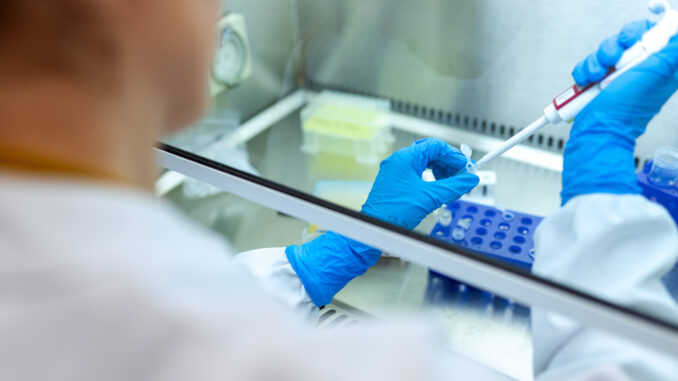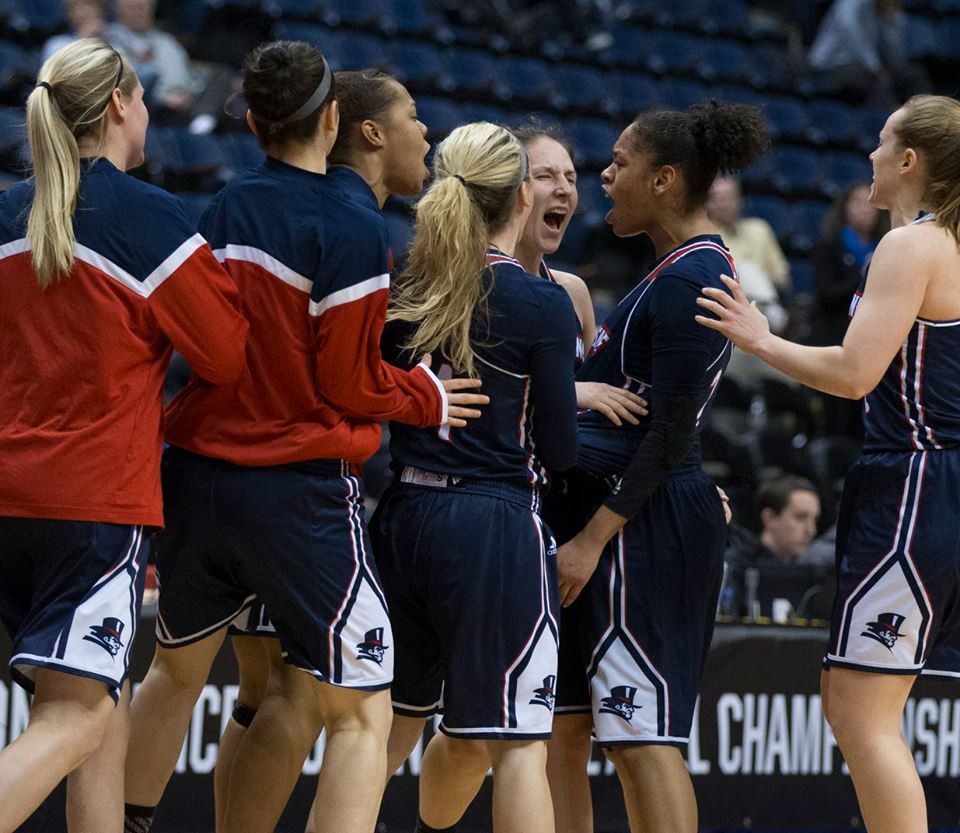
11/19/2020
Noah Wilbur | Opinions Editor
In early January, the first reports emerged of a new virus originating from a seafood wholesale market in Wuhan – the capital of China’s Hubei province.
Initially classified as a cluster of pneumonia cases, it was unknown at the time that this virus would cause an upheaval of our everyday routines while having an everlasting impact on life as we know it.
55.6 million cases, 1.34 million deaths and more than $9 trillion in economic stimulus globally, the evidence clearly indicates that our interconnected society was ill-prepared for a pandemic of this magnitude – even one many consider to be not as deadly as what could’ve been.
From stay-at-home orders and unprecedented unemployment, to widespread school closings and mask mandates, COVID-19 is shifting traditional human attitudes on personal sanitation as we all pay closer attention to individual health.
Twelve months later and it still appears that no end is in sight while coronavirus cases and hospitalizations continue to climb at a record-breaking pace around the globe.
In the U.S. alone, new daily cases are shattering records seemingly every other day with an all-time high of more than 170,000 taking place last Friday, Nov. 13 – do you feel the irony?
This meteoric rise is not only occurring in America. Countries in Europe are also struggling to contain the spread of the virus, thanks to a growing number of citizens ignoring social restrictions and instead heading to the closest pub to enjoy a chilled ale.
In view of the preceding evidence, you may feel that mandatory mask wearing and constant hand sanitizer use is looking – more than ever – like reality for the foreseeable future.
Although the notion of anything positive sounds rather foreign at this moment, I can assure you there is light at the end of the tunnel.
Two American pharmaceutical companies made headlines in the past two weeks by announcing the success of their COVID-19 vaccines in Stage 3 of human trials.
Pfizer and Moderna reported their vaccines to be 90% and 95% effective, respectively, for preventing the infection of the coronavirus in individuals who’ve yet to be infected.
These accomplishments represent a globalized effort to achieve inoculation on a planet where the coronavirus has already taken the lives of nearly 1.5 million people worldwide. Although, we are certainly far away from being out of the woods.
In the weeks ahead, Pfizer and Moderna both must overcome logistical nightmares as they search for the most efficient method to produce and, most importantly, distribute millions of vaccines in a way that ensures the most vulnerable receive support first.
Pfizer faces the greatest challenge stemming from the fact that their vaccine requires a storage temperature of minus 94 degrees Fahrenheit, raising further concerns on large-scale distribution as the vaccination would need to be stored in supercooled containers during shipment.
Nevertheless, with the assistance of Operation Warp Speed, early estimates from the medical community suggest there is a glimmer of hope a vaccine could be available in limited use even before the end of December.
The majority of medical and supply chain experts believe a vaccine – whether from Pfizer or Moderna – is likely to be widely available in the U.S. around the third quarter of 2021.
I would like to publicly thank and congratulate Pfizer and Moderna for taking initiative in response to the most severe public health crisis in human history and developing the first viable vaccine to SARS-CoV-2.
The hard work and dedication of the scientists, doctors, administrators and everyone involved is an excellent testimony that when we join together for a common purpose, we can absolutely overcome any obstacle.




